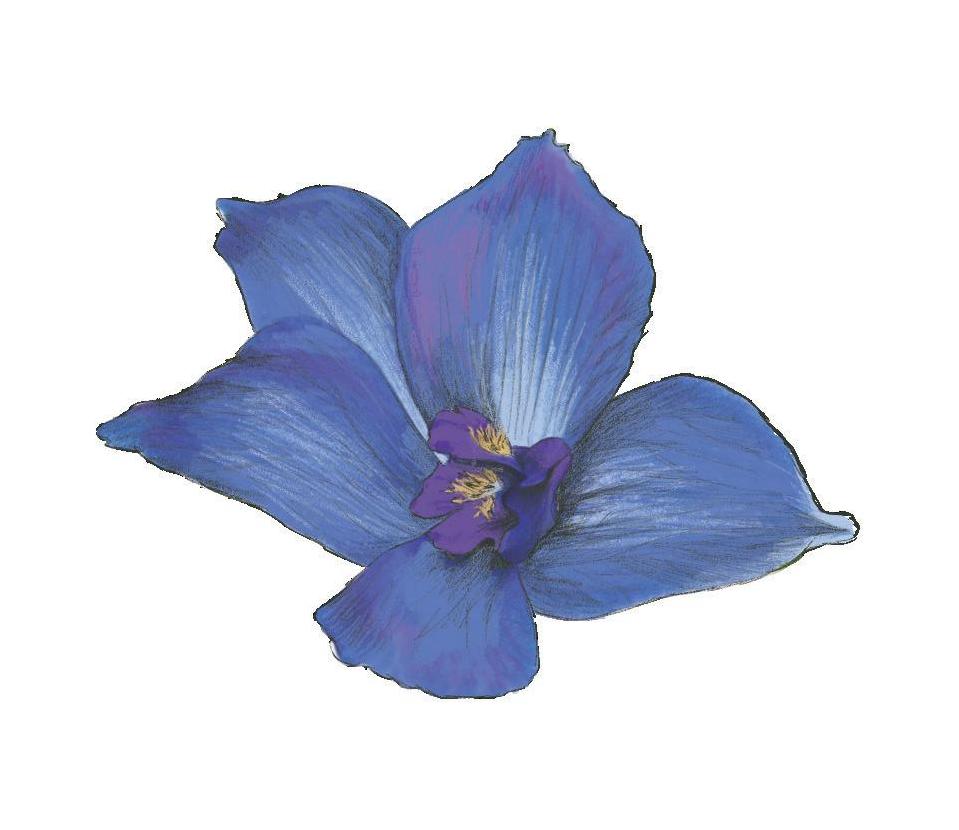
2 minute read
ARBOVIRUSES
By Danielle Timothy RN, BSN Epidemiologist
Arboviruses include over 500 diseases spread by arthropods like mosquitos and ticks. Mosquitoes are the most common vector of arboviruses, and - although there are over 200 types of mosquitoes - only about 12 types spread viral and protozoan diseases. Mosquito-borne arboviruses have become a major global public health issue in recent decades due to outbreaks of diseases like Zika, yellow fever, chickungunya, dengue, and West Nile virus.
While dengue is the fastest spreading of these diseases in the world, the leading cause of mosquito borne illness in the United States has been West Nile virus (WNV). In Utah, WNV is one of three mosquito arboviruses found that cause encephalitis (or brain inflammation) in humans, along with Western equine encephalitis and Saint Louis encephalitis.
West Nile virus is spread by the bite of an infected mosquito, typically through the summer and fall months. It is not known to transmit human-to-human. Approximately 80% of individuals who have WNV experience no symptoms, while others expe-
rience fever, headaches, body aches, joint pain, vomiting, diarrhea, or a rash on the trunk of the body. Some individuals also experience fatigue that lasts weeks to months.
West Nile virus can also cause rare but fatal neurological disease in humans. Less than 1% of those infected develop neurological symptoms, with some effects being permanent, and death resulting in 10% of that population. Neuroinvasive WNV affects the central nervous system causing encephalitis, meningitis (inflammation of the membranes that surround the brain and spinal cord), and acute flaccid paralysis. Symptoms of neuroinvasive WNV include high fever, stiff neck, disorientation, convulsions, muscle weakness, vision loss, coma, and paralysis. Individuals older than 60 and those with health conditions that weaken the immune system are most at risk, but anyone can become severely ill. To put it more clearly, it is estimated that approximately 1 in every 150 infected persons will develop this severe form of West Nile virus.
Unfortunately, treatment for neuroinvasive WNV consists only of supportive measures which involve hospitalization, IV fluids, respiratory support (ventilator), and preventing additional infections. There is no vaccine for humans at this time. Fortunately, very few confirmed cases, if any, are reported in Southwest Utah on an annual basis, although it is more frequently detected in mosquito samples. Preventative measures against WNV (and other arboviruses) include: • Using insect repellent that is Environmental Protection Agency (EPA) registered. Follow the directions on the product label. • Dressing in light colored clothing, long sleeves, and pants. • Covering strollers and carriers with mosquito netting. • Using screens on windows and doors. • Use of air conditioning. • Sleep under mosquito nets when traveling, and use them correctly. • Destroying mosquito breeding grounds on your property by emptying, covering, scrubbing, and throwing out items that may hold stagnant water. The Southwest Mosquito Abatement and Control District serves the Washington County area using proven control measures that will reduce the mosquito population and any potential diseases they may carry. This team also conducts surveillance to determine how many mosquitoes we have in an area, what species they are, where the sources of standing water are located, and how effective control measures are. Visit swmosquito.org for more information.
For further information about WNV and other arboviruses, please visit the Centers for Disease Control (CDC) at cdc.gov/westnile.

Delphinium nuttallianum Found near aspen groves and in the higher mountain ranges where there has been snow-pack.











